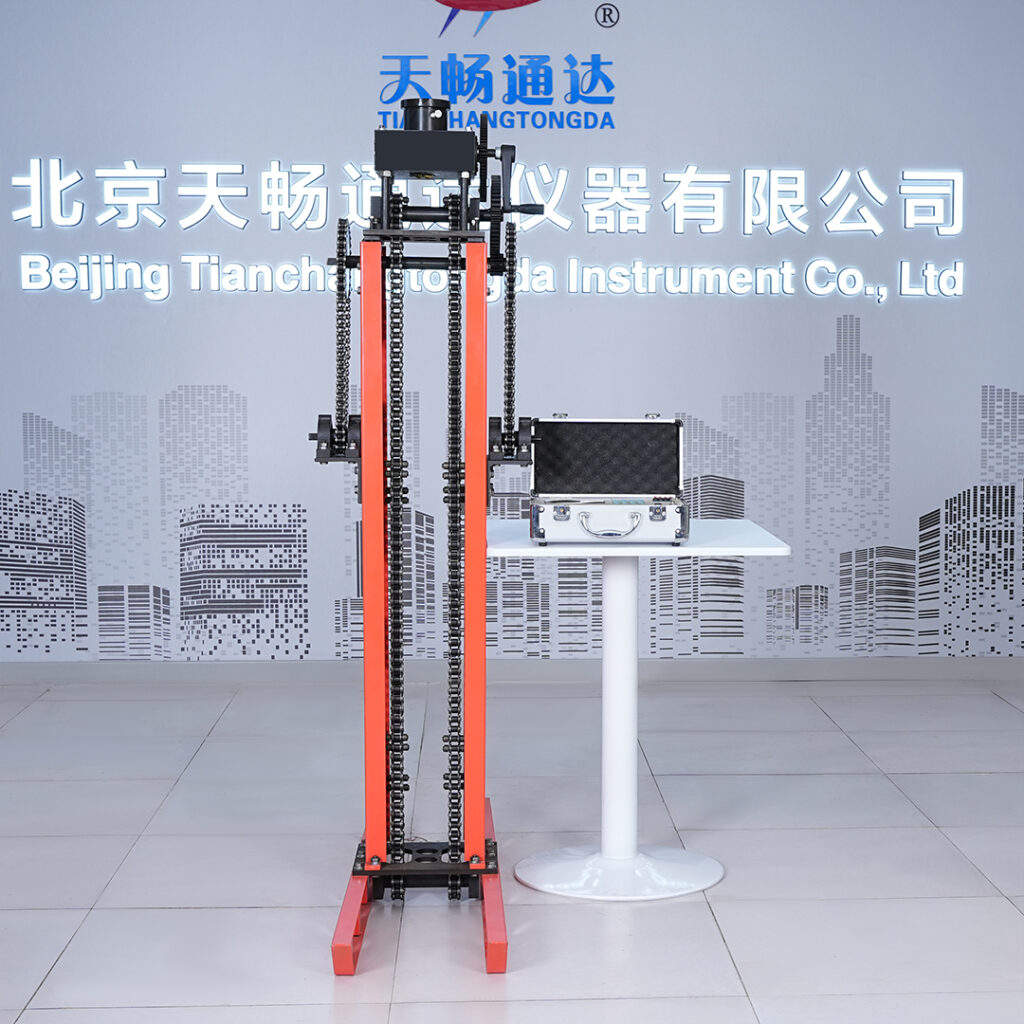In the world of geotechnical engineering, accurate site data is critical to ensure safe and efficient construction. Among the various soil testing tools, the Static Cone Penetrometer (SCPT) stands out as a reliable, repeatable, and precision-focused instrument for evaluating subsurface conditions.
This article highlights the top five real-world applications of the static cone penetrometer in geotechnical projects and explains how this tool supports structural design, risk mitigation, and regulatory compliance.
Whether you’re a field engineer, project manager, or testing lab supervisor, understanding where and how SCPT can be deployed will help you make smarter, faster decisions.
🧱 1. Foundation Site Investigation
One of the most widespread uses of the static cone penetrometer is in foundation design. Prior to laying any structural foundation, engineers must evaluate soil stratification, identify bearing layers, and calculate settlement potential.
How SCPT Helps:
- Measures cone resistance (qc) and sleeve friction (fs) for accurate load-bearing profiles.
- Detects changes in stratigraphy that may impact foundation stability.
- Assesses undrained shear strength, which is critical for shallow and deep foundation design.
📌 Our SCPT unit allows depth measurements up to 20 meters, with 10 cm intervals for detailed layer-by-layer analysis.
For more technical specs, visit the product page.
🛣 2. Roadbed and Pavement Evaluation
Stable road foundations are essential to prevent cracking, rutting, or deformation under heavy traffic. Engineers frequently use static cone penetrometers to assess subgrade soil conditions during the early stages of highway, airport, and industrial pavement projects.
SCPT Delivers:
- Consistent data across multiple test points for compaction quality control.
- Evaluation of soft zones and unsuitable fills before paving.
- Real-time results to adjust material placement or compaction efforts.
Compared to dynamic methods, SCPT offers better resolution for fine-grained soils commonly found in subgrade layers.
✅ Our unit displays 10 depth points simultaneously, giving immediate visibility to problem areas.
🌉 3. Bridge and Embankment Stability Assessment
Bridges, retaining walls, and embankments demand rigorous soil testing due to the concentrated loads they bear. SCPT plays a vital role in:
- Determining shear strength and resistance of underlying soils.
- Identifying zones prone to slippage, settlement, or pore water pressure buildup.
- Supporting safe abutment design and pier placement.
When paired with pore pressure probes, our static cone penetrometer can also evaluate groundwater response under load—a common risk in bridge sites.
💬 Need help configuring probes for slope or bridge work? Talk to our technical team on WhatsApp
🧪 4. Ground Improvement & Soil Stabilization Monitoring
SCPT is a useful diagnostic tool for monitoring improvement techniques like lime/cement stabilization, stone columns, or preloading.
Benefits:
- Baseline readings before treatment
- Periodic testing to evaluate improvement over time
- Verification of target strength parameters
Contractors often test in grid layouts to map treatment effectiveness across the project zone.
With our penetrometer’s internal memory, users can store 10+ sessions and download results later via USB.
🧑🌾 5. Agricultural & Environmental Soil Testing
Beyond construction, the SCPT is being adopted in agricultural engineering and environmental assessments to:
- Map soil resistance for mechanized tillage planning
- Measure drainage efficiency in layered soil
- Analyze compaction in root zones
- Identify contaminant migration paths in environmental studies
Its non-invasive, repeatable nature makes it ideal for sensitive or regulated sites.
📲 See how our 0.5kg compact SCPT model works in remote environments on the product page.
📊 Quick Overview: Where SCPT Excels
| Application | SCPT Role |
|---|---|
| Foundation design | Load-bearing, stratigraphy |
| Roadbed QA | Subgrade strength, compaction |
| Bridge site safety | Shear strength, pore pressure |
| Ground improvement | Before-after verification |
| Agriculture & environment | Root zone & drainage analysis |
🔧 Why Choose Our Static Cone Penetrometer?
You need more than just a tool — you need a reliable solution. Our SCPT is designed to deliver real-world benefits:
- ✅ 1/20000 resolution, ±0.1% precision
- ✅ Full-range probe compatibility (double-bridge, pore pressure, cross-plate)
- ✅ Lightweight & portable (208×148×58mm)
- ✅ Long battery life (≥50 hours per charge)
- ✅ Clear LCD interface with multilingual support
- ✅ Internal storage + USB/RS232 data export
🛠 Used by geotechnical professionals in 20+ countries across foundations, highways, and environmental science.
🔍 View full specs: Static Cone Penetrometer
🙋 FAQs
Q1: Can SCPT replace lab testing?
No — it complements lab tests by offering real-time, in-situ data. It reduces unnecessary sampling and improves field confidence.
Q2: How do I choose the right probe?
Our team can help match the probe to your soil type and test purpose. For clay or silt, use double-bridge; for saturated soil, use pore pressure.
Q3: Can I use this in remote field locations?
Yes. It weighs just 0.5kg, requires no external power, and runs for 50+ hours.
📞 Ready to Use SCPT on Your Next Project?
Let’s help you deploy accurate testing tools for your next field investigation.
- ✅ Learn more: Static Cone Penetrometer product page
- ✅ Start a conversation: Chat on WhatsApp
- ✅ Explore other instruments: Visit our homepage
The Static Cone Penetrometer isn’t just a testing tool — it’s a decision-making tool.
In any application where precision matters, choose SCPT.
Choose TestEquipHub.
